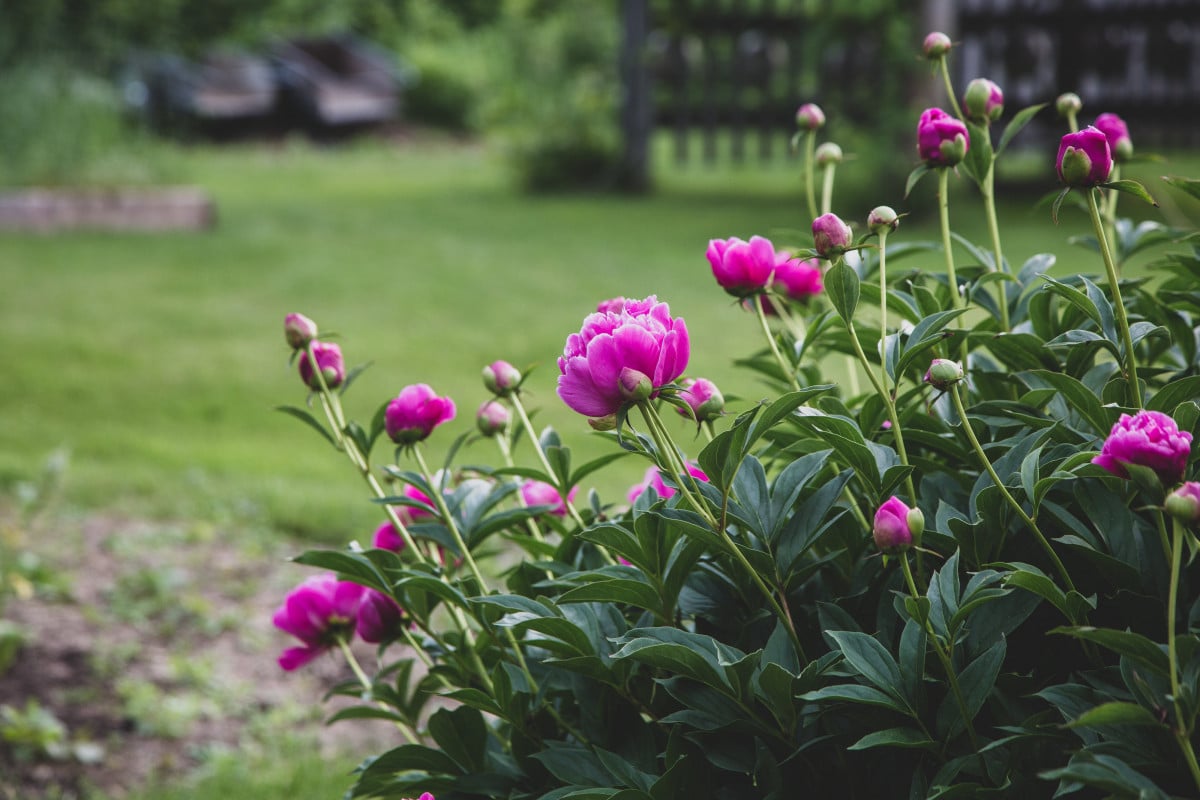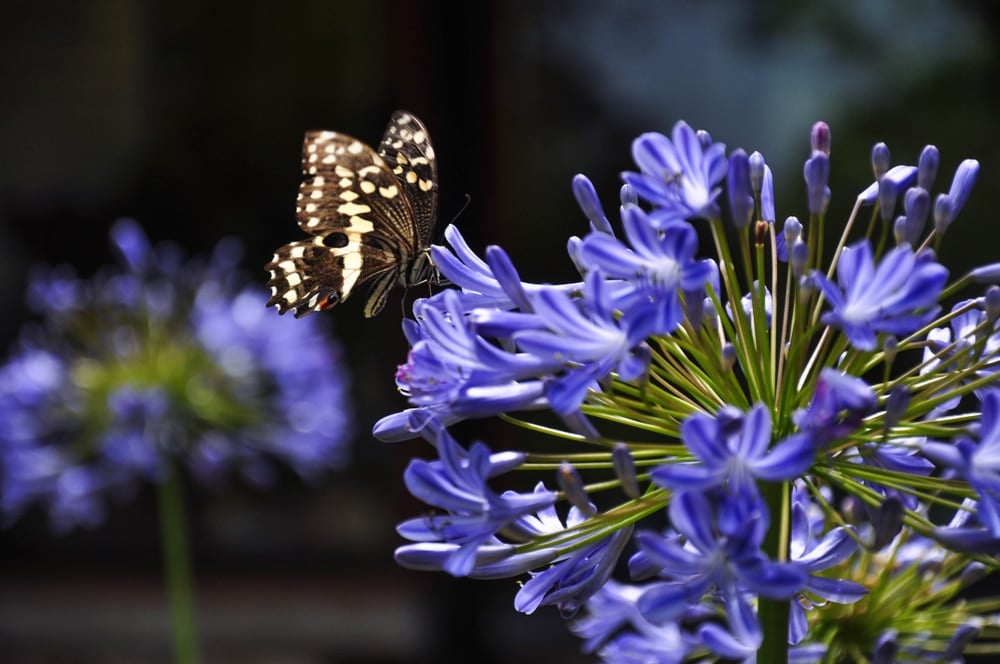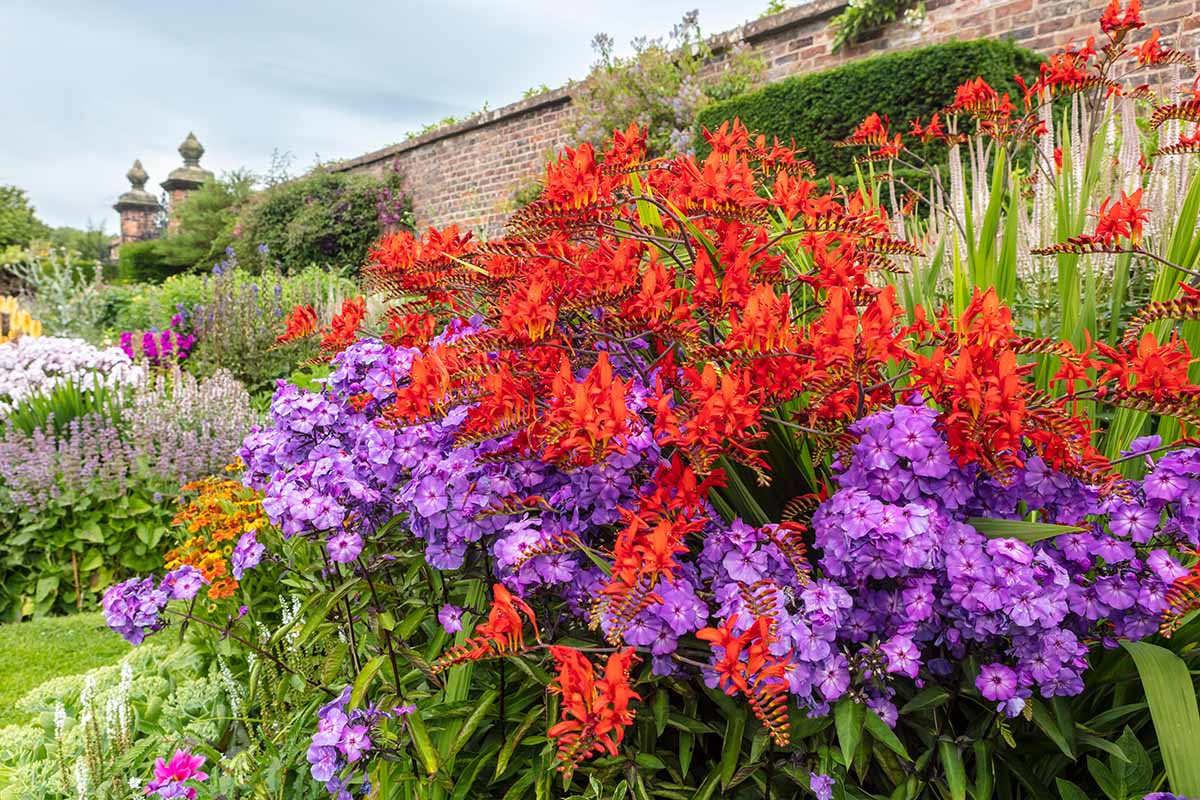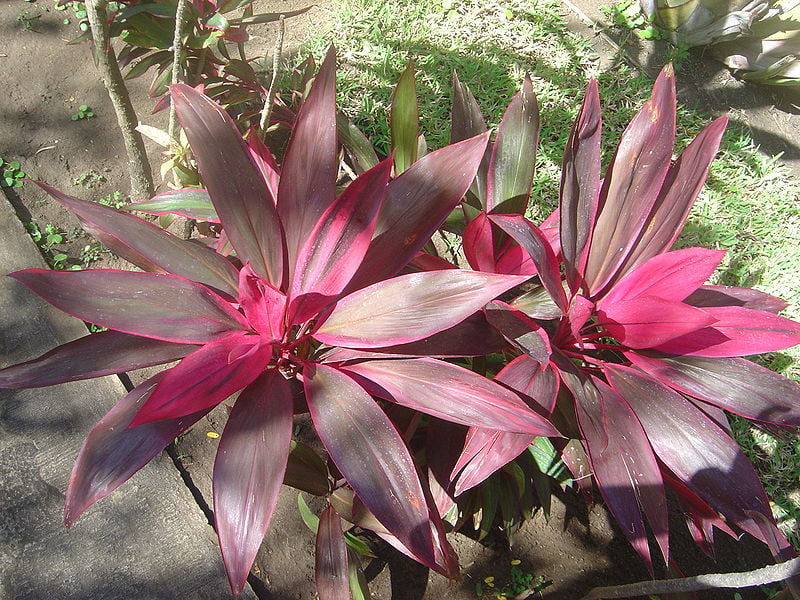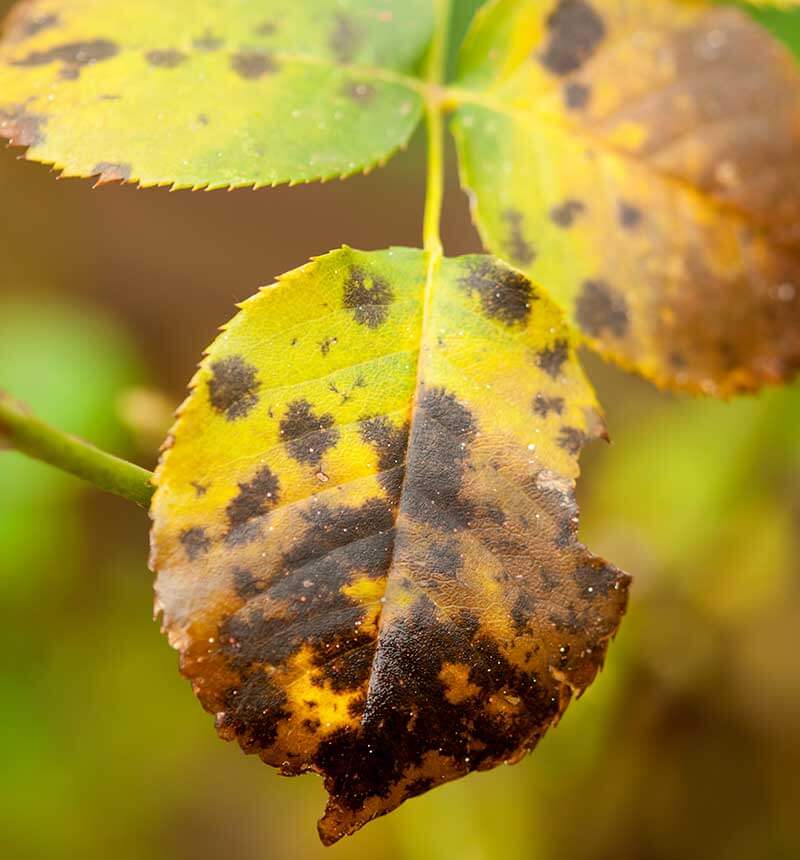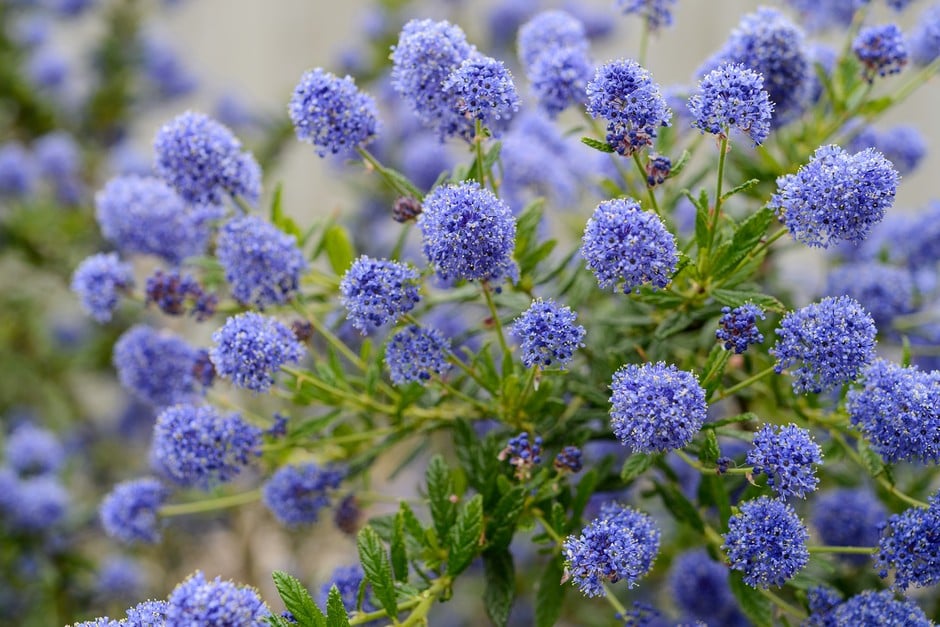Climbing Plants that Won’t Damage Walls
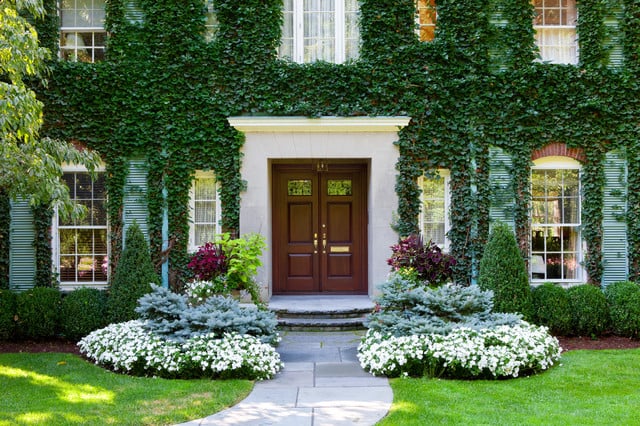
Table of Contents
English houses with brick walls with plants that trail along the entire building surface look very old money, old Universities give off such dark academia vibes with their walls covered, and let’s not forget how Red Climbers in Autumn reminds us of Gilmore Girls and Halloween.
Apart from their aesthetic appeal, having climber plants in your home has a lot of benefits, too. They improve the air quality and add life to a home that might otherwise look drab. They are also therapeutic for people who grow and take care of pants.
No doubt, having plants winding up your home looks breathtaking. However, some plants tend to damage the exterior of the building, especially the walls.
If you want to enjoy climbing plants without the risk of wall damage, here are some fast-growing climbing plants that do not damage your walls and structure.
Climber Plants that Do Not Damage Walls
If you want to enjoy climbing plants without the risk of wall damage, consider these options:
1. Clematis
Clematis is a popular choice for climbing plants that are generally gentle on walls. They use tendrils to cling to support structures rather than invasive roots that can damage surfaces. There are many different species and varieties with various flower colors and shapes to choose from.
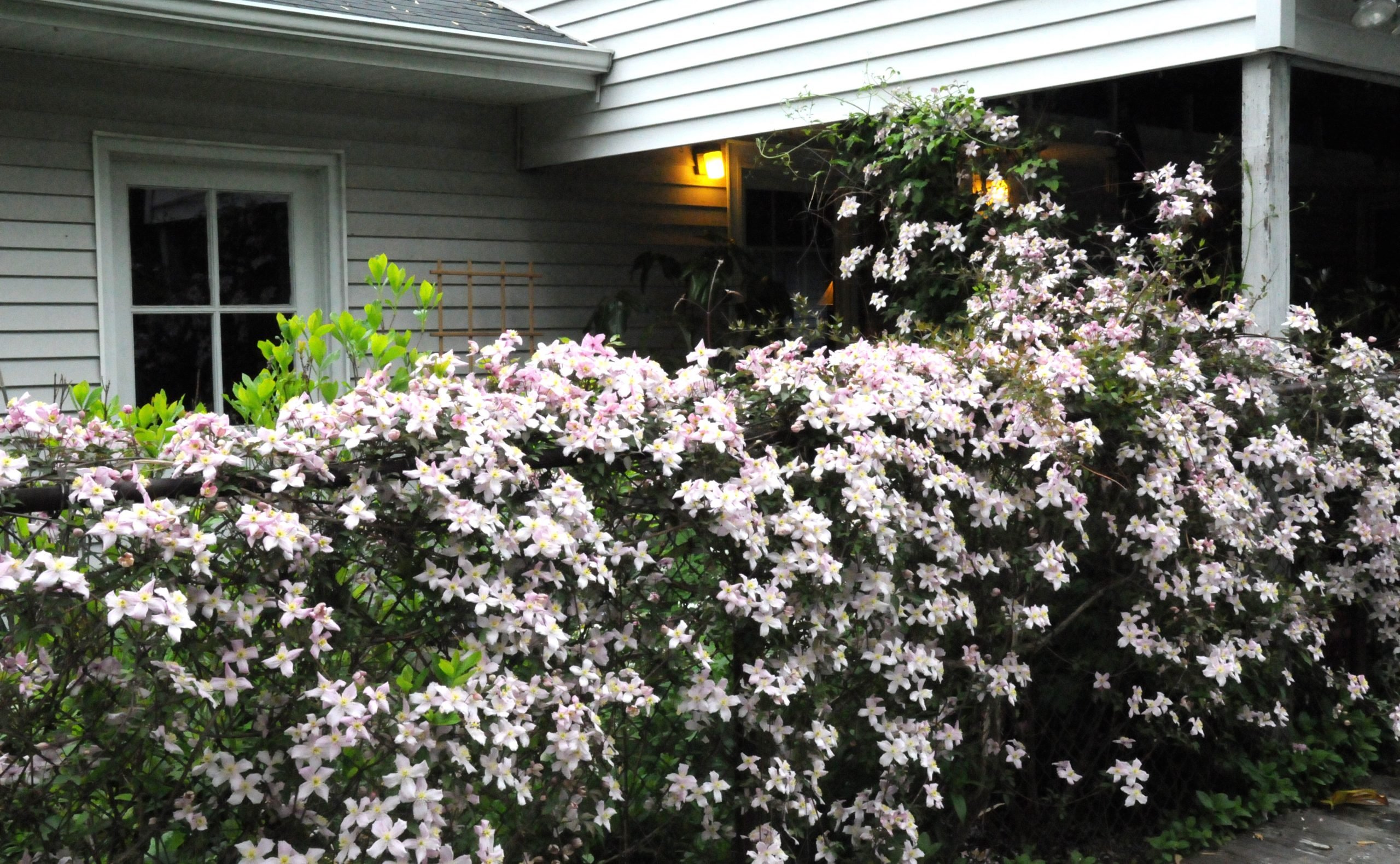
2. Wisteria
While wisteria can be aggressive and potentially damage walls if not properly maintained, it’s possible to train it to grow on a sturdy trellis or pergola instead of directly against your walls. This way, it can provide a stunning display of cascading flowers without causing harm.
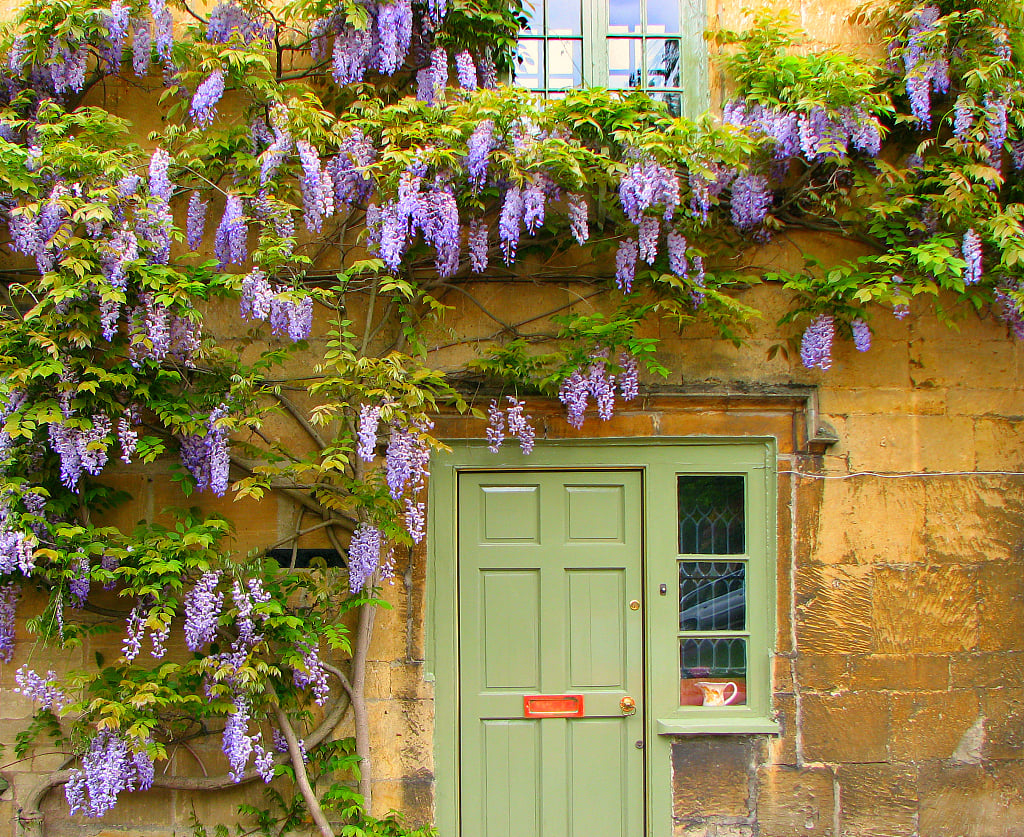
3. Honeysuckle
Honeysuckle vines are known for their fragrant flowers and are generally not aggressive wall climbers. They can be trained to grow on trellises or arches, adding beauty and scent to your outdoor space.
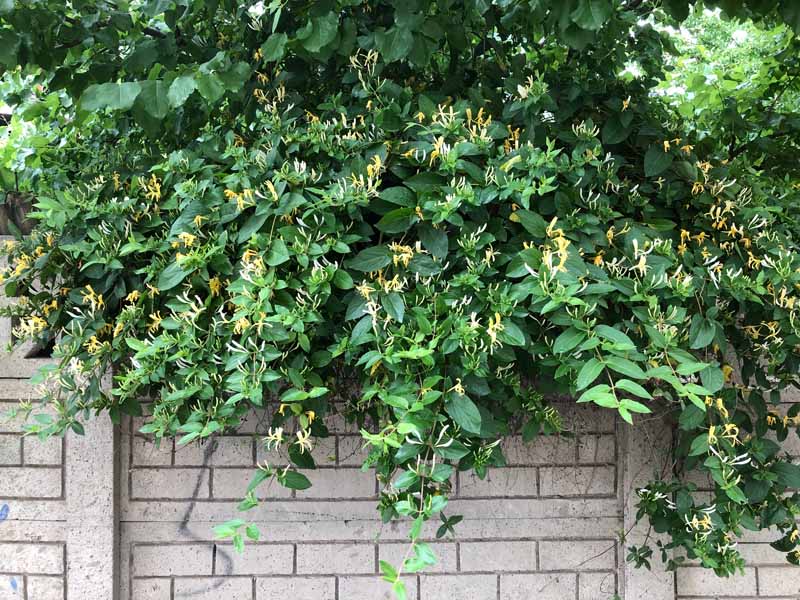
4. Sweet Pea
Sweet peas are annual climbing plants that are easy to manage. They have delicate tendrils and are less likely to cause damage to walls. They are also prized for their colorful and fragrant flowers.
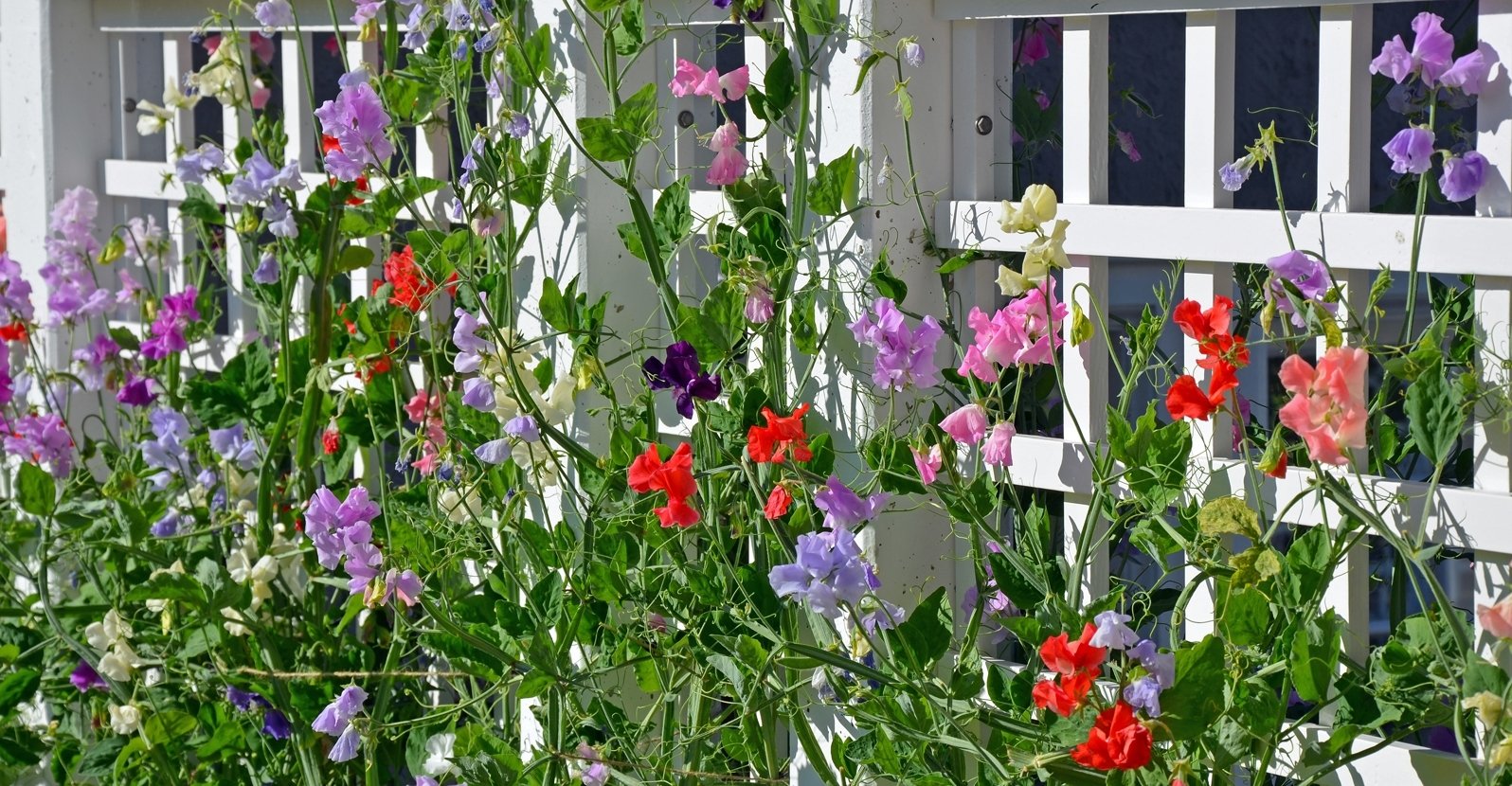
5. Jasmine
Jasmine vines, particularly varieties like Confederate jasmine, can be trained to grow on trellises or arbors. They produce fragrant white flowers and are not typically aggressive towards walls.
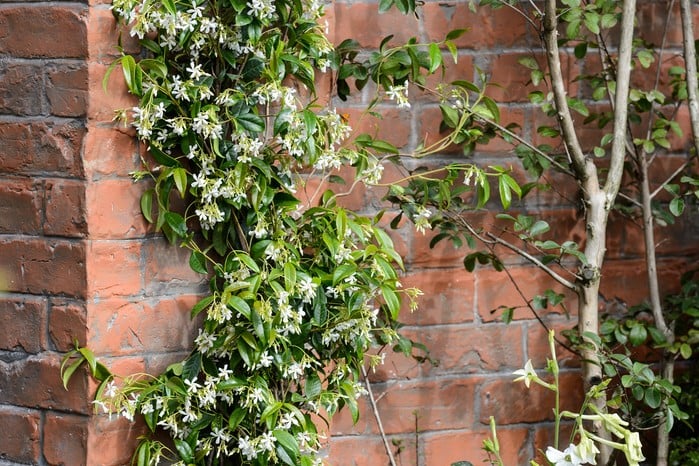
6. Passionflower
Passionflowers are unique and attractive climbing plants with exotic-looking flowers. They can be grown on trellises or support structures and are not known for damaging walls.
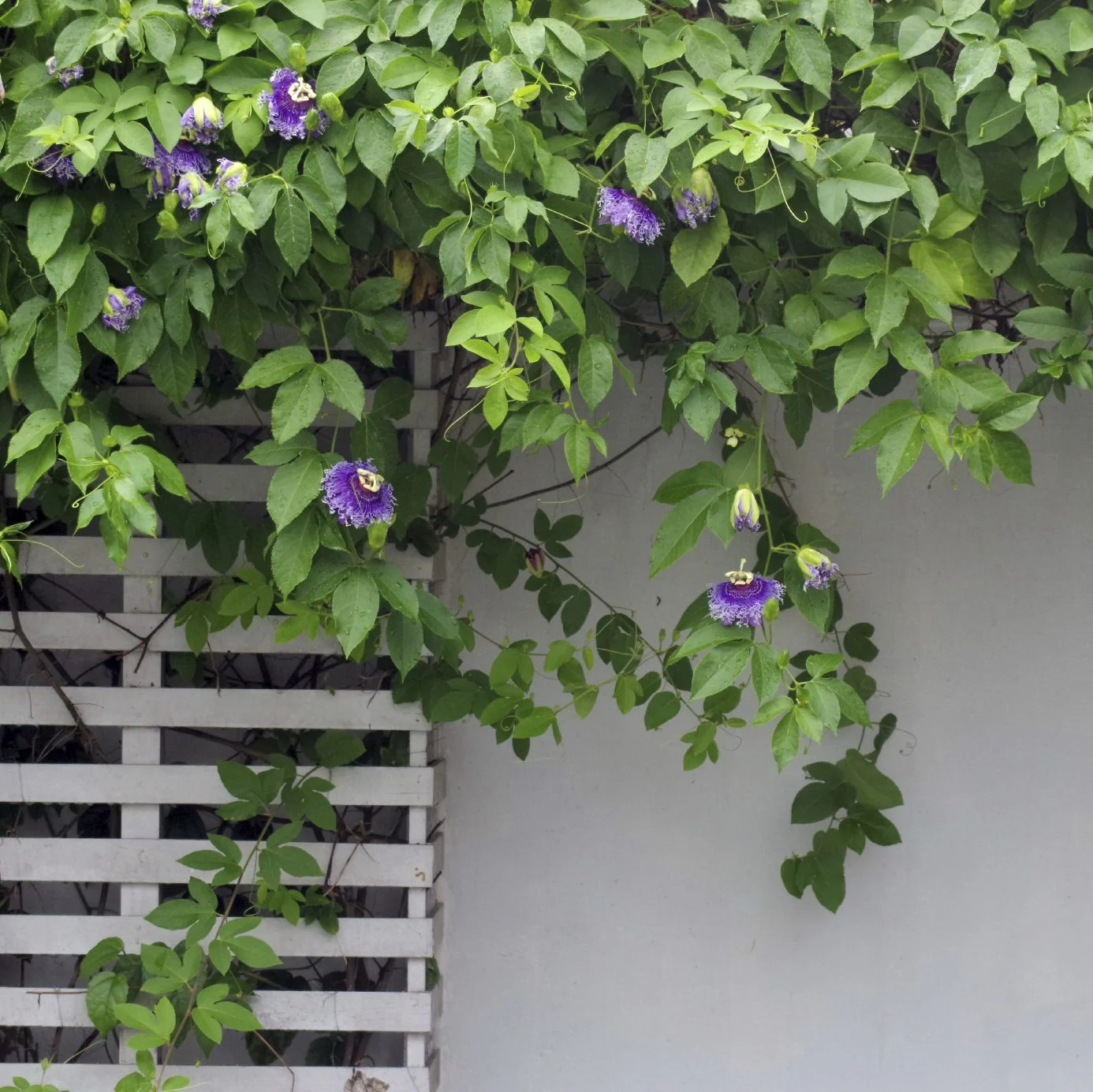
7. Hops
If you’re looking for a useful climbing plant, consider growing hops. Hops vines are not aggressive towards walls and are commonly grown on trellises for brewing beer.
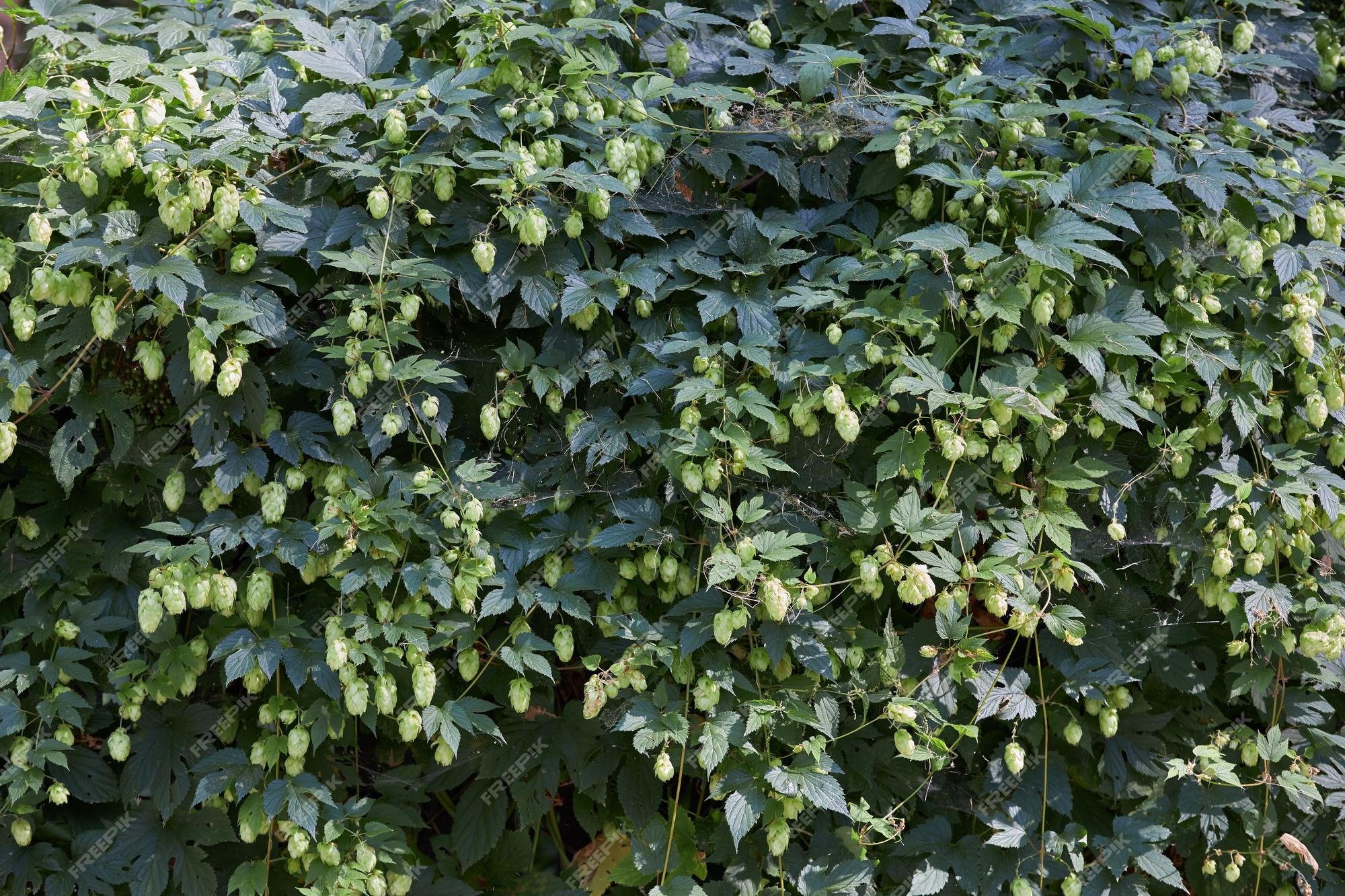
8. Virginia Creeper
Virginia Creeper is a deciduous vine with stunning fall foliage. It has adhesive pads that allow it to attach to surfaces, but it’s not typically harmful to walls. Regular pruning can help control its growth.
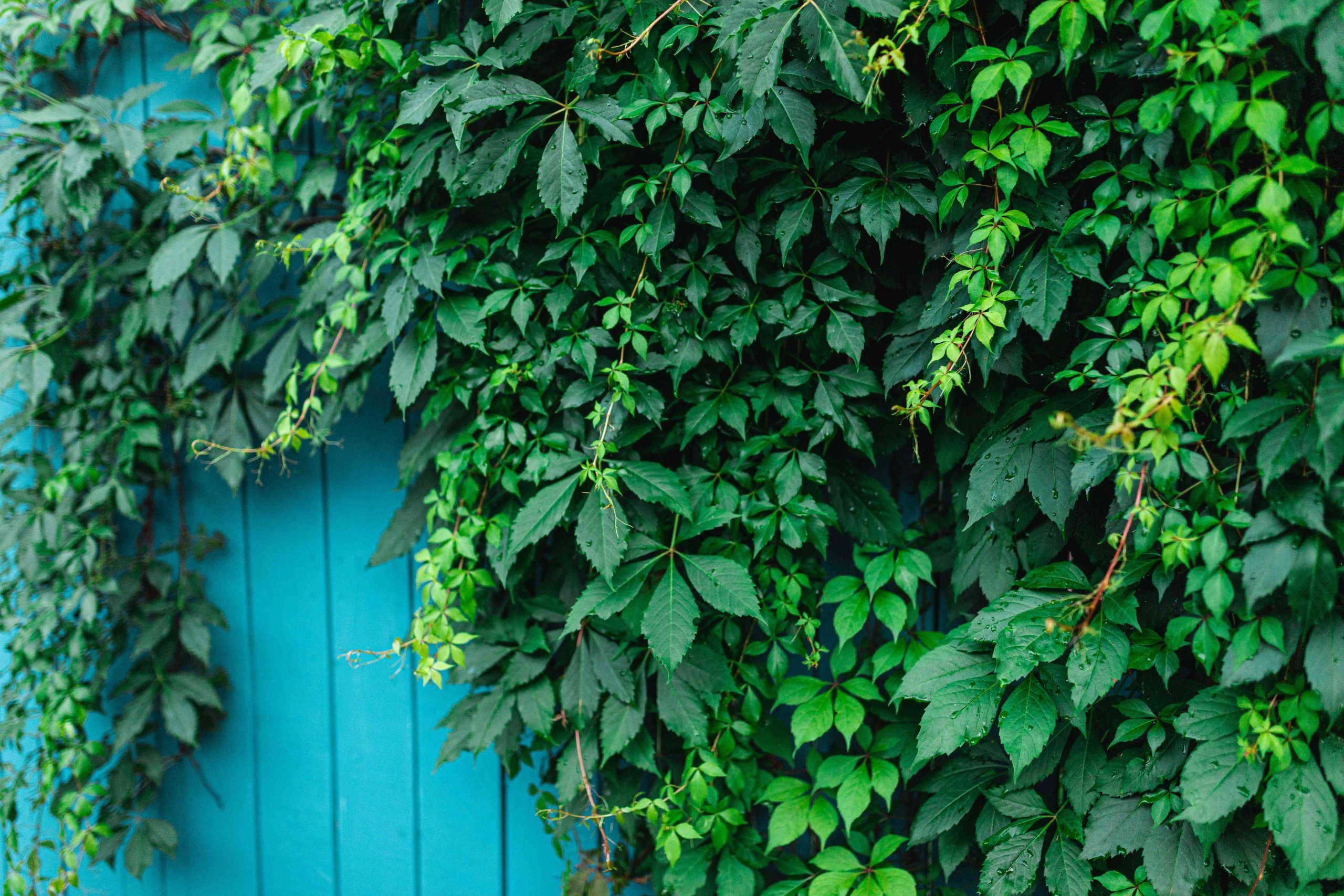
When planting any climbing plant, it’s essential to provide proper support structures, such as trellises, arbors, or pergolas. Regular pruning and maintenance will also help keep the plants in check and prevent them from damaging your walls or structures. Additionally, consider the climate and growing conditions in your area to ensure the chosen plant will thrive.
Benefits of Growing Climber Plants Along Your Walls
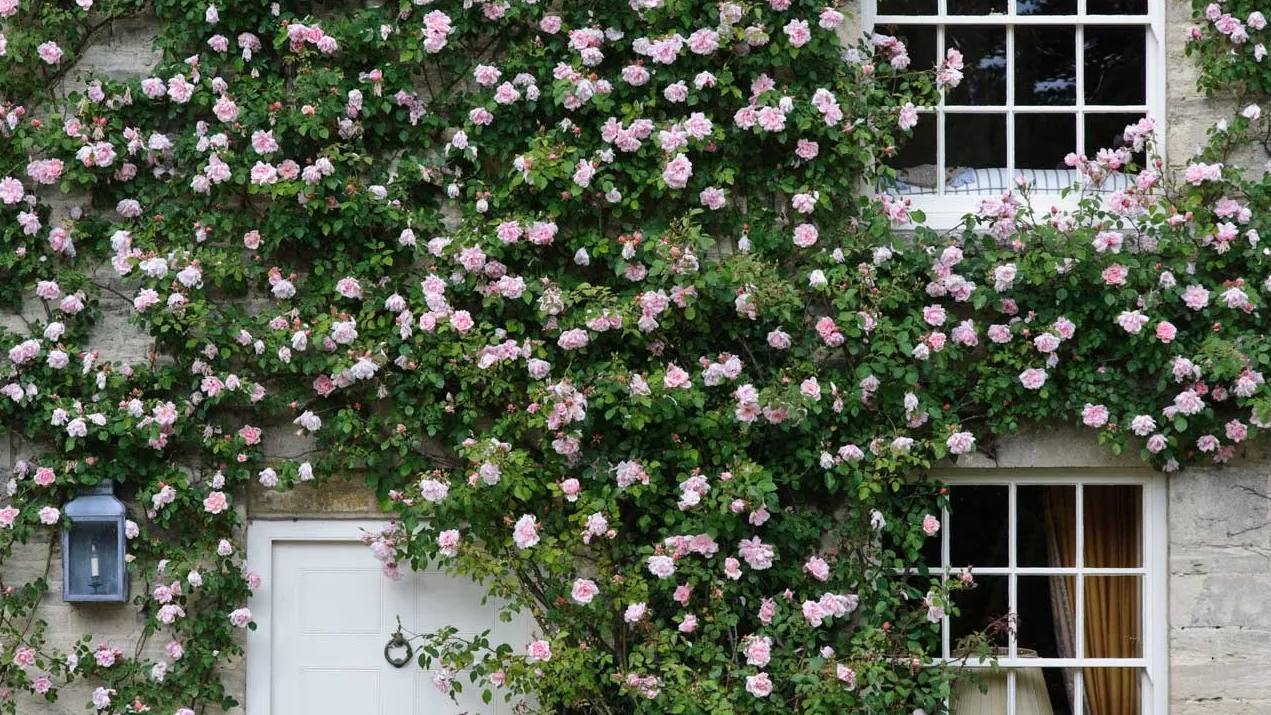
Climbing plants that grow on walls offer several benefits, both aesthetic and functional, to your outdoor spaces and the environment. Here are some advantages of using climbing plants on walls
1. Aesthetic Appeal
Climbing plants can transform plain or unattractive walls into visually appealing features. They provide a lush and natural backdrop that softens the architectural lines and adds beauty to your home or garden.
2. Improved Curb Appeal
Climbing plants can significantly enhance the curb appeal of your property. They create an inviting and welcoming atmosphere, making your home more appealing to visitors and potential buyers.
3. Energy Efficiency
Climbing plants can act as natural insulation for your home. They create a buffer zone between the wall and the external environment, helping to regulate temperature. In the summer, they provide shade and reduce cooling costs, while in the winter, they can help retain heat.
4. Privacy
Climbing plants can be used to create natural privacy screens. When grown on trellises or fences, they can shield your outdoor spaces from prying eyes and create a private space.
5. Noise Reduction
The foliage of climbing plants can help dampen noise from nearby streets or neighbors, providing a quieter and more peaceful environment.
6. Attract Wildlife
Climbing plants can attract wildlife to your garden. Birds, butterflies, and beneficial insects may be attracted to the flowers and foliage, creating a more biodiverse ecosystem.
7. Improved Air Quality
Like all plants, climbing vines contribute to improved air quality by absorbing carbon dioxide and releasing oxygen. They can also help filter out pollutants from the air.
8. Low Maintenance
Many climbing plants are relatively low-maintenance once established. They require regular pruning and training, but they can thrive with minimal care.
Twining climbers that grow by winding themselves around trellises, wires, or poles include wisteria, jasmine, clematis, and honeysuckle. For these climbers to wind around a wall and ascend, you must put up a framework.
Self-clinging climbers, on the other hand, stick to walls with the help of adhesive pads or aerial roots. Aerial roots are present in Campsis and Ivy, although adhesive pads are present on the stems of some species, such as the Virginia Creeper. Climbers who self-cling will cling to woodwork or walls without any assistance from a trellis or wires.
Conclusion
Climbing plants are a versatile addition to gardens and landscapes, offering aesthetic appeal and functional benefits like insulation and privacy. Non-damaging varieties, such as clematis, wisteria, and jasmine, can be trained to grow on walls and structures, enhancing their beauty without causing harm.
When selecting climbing plants for walls, consider factors such as your climate, the amount of sunlight the area receives, and the type of support structure you plan to use. Proper maintenance, including pruning and training, is important to ensure that the climbing plants grow in a way that enhances your space without causing damage.

